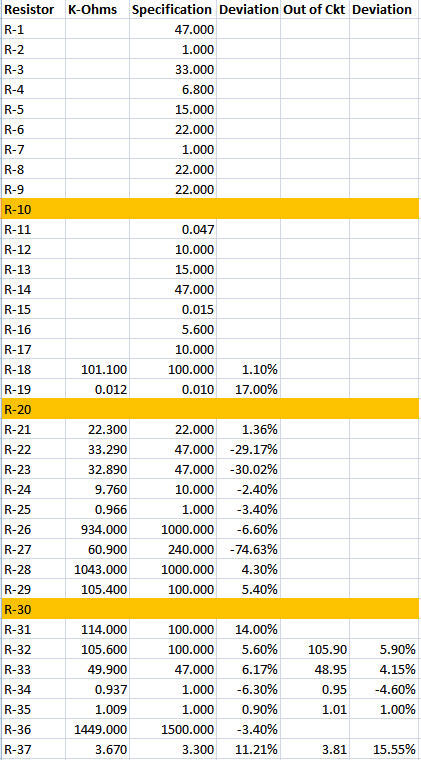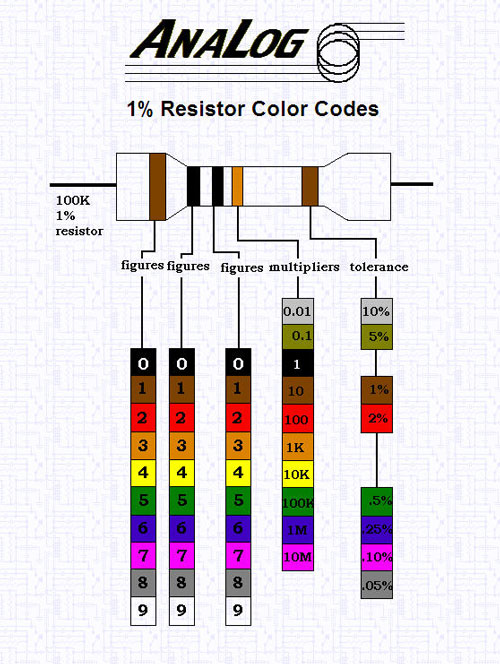Heathkit Tunnel Dipper

Heathkit Tunnel Dipper Filed in Vintage Radio on Dec.22, 2013 The Superstition Hamfest moved out to Queen Creek this year, after the City of Mesa chased them off from their long-standing hamfest site by being overly-zealous at attempting to collect sales taxes from individual sellers. Sneff Farms is a nice site, but I’m a little concerned about mud, should we get the normal rain that we get on the day of the hamfest. But the first year there turned out good. I only found a few items of interest. One of which was this Heathkit Tunnel Dipper, which is a solid-state Grid Dip Oscillator that uses a tunnel diode in the oscillator circuit. It was complete with all the coils, and sold for $5.00 Heathkit Tunnel Dipper The dipper works off of a single AA battery. After replacing the battery, I fired it up to see if it would oscillate. By plugging in the appropriate band coil, and tuning with the dipper, I was able to hear an oscillation in my TS-430 ...


